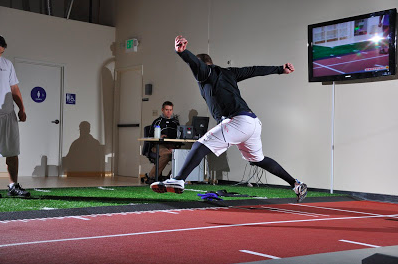
Most athletes have felt muscular fatigue, usually burning of the muscles from a longer set of resistance training or an intense run of greater duration. But not all fatigue is easily noticeable; particularly amongst the more elite athletes that train at Sparta.
Have you ever felt like you just couldn’t jump high on a certain day? Or felt unusually slow during an agility movement? You probably experienced neural fatigue, you just did not know why this often ignored phenomenon occurred or how to prevent it.
If the body is a car, then the nervous system is the driver. The nervous system is a network of nerves that transmits sensory impulses (signals) from the brain to the muscles by way of the spinal cord. The nervous system, aside from directing every function of the body, ranging from hormones to heart function, also governs all voluntary movement by alternating the action of muscular contraction and relaxation. In a review out of the University of Queensland, Neural Fatigue (NF) was defined as an involuntary reduction in voluntary activation.
Unfortunately, scientists are currently unsure on the exact cause of NF, though the most likely culprit is a combination of factors. The major theories include, but are not limited to, decreased reflexes (think slower reactions), muscle damage causing impaired function (jumping lower in the last game of a tournament), and decreased athlete motivation.
Similar to our previous recommendations, training should always seek to prevent rather than treat conditions, especially NF. At Sparta, we have a 70 yard track and turf field right next to our weightlifting platforms, allowing for the combination of high intensity movements to build up an athlete’s tolerance to NF.
However, these high intensity movements must be planned prudently because the duration and frequency of these activities, as opposed to the intensity (speed or weight), is the major contributor to NF. At Sparta, we only do explosive lifts and jumping one day each week, allowing 6 days of recovery in between bouts. During the season, we eliminate these more intense exercises completely in favor of workouts that maintain strength levels through simple movements, such as a squat, and promote recovery through our soft tissue therapy.
So keep that high intensity in your workouts by targeting the speed of movement, just make sure you plan ahead to so you don’t get slower by going fast.